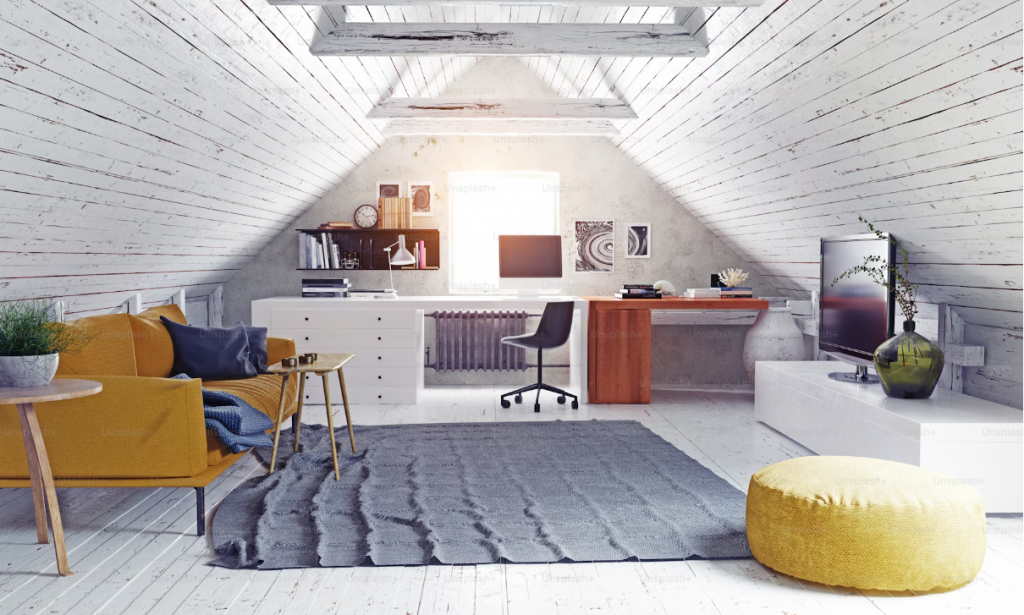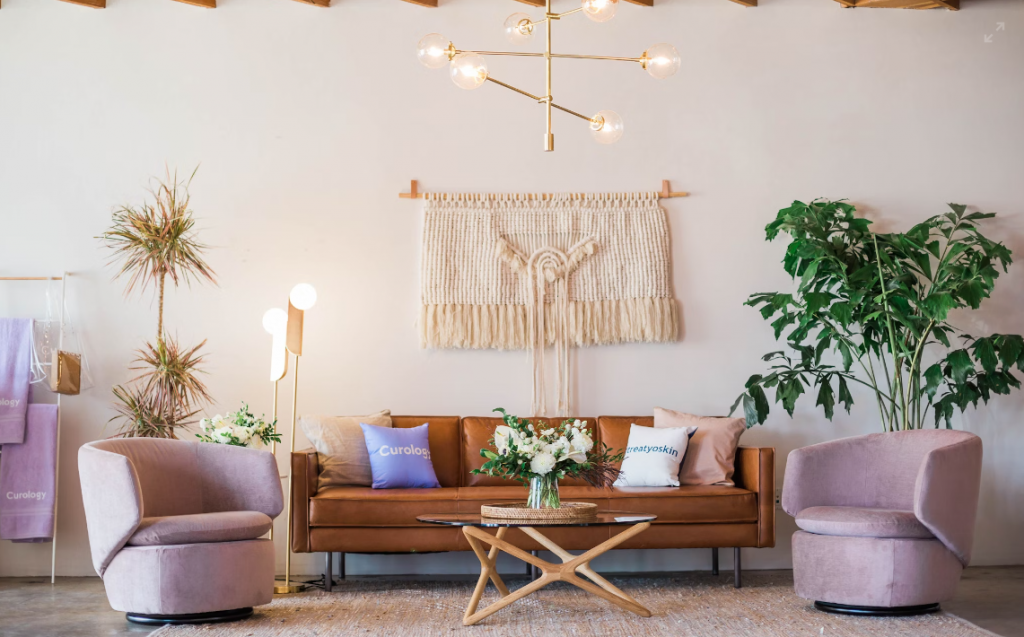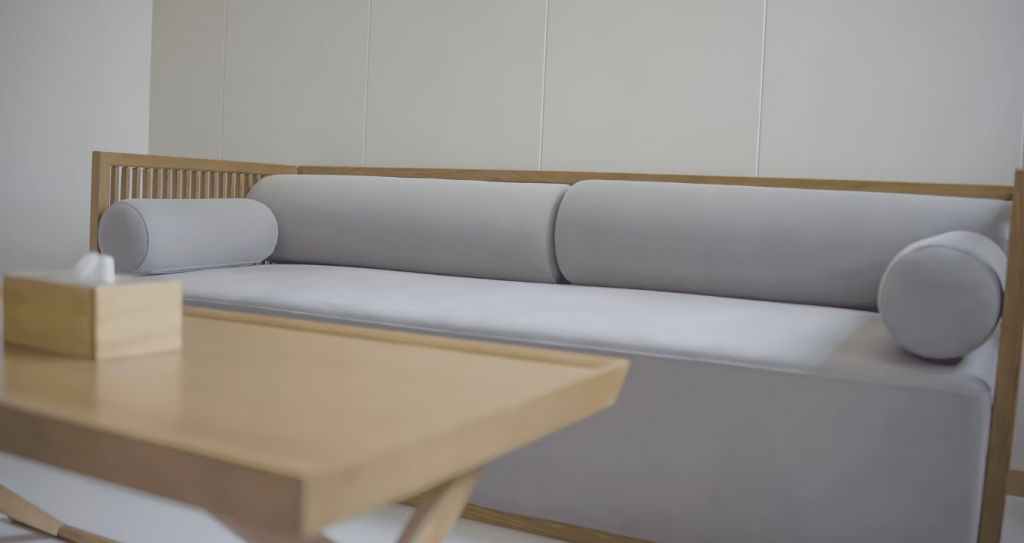Introduction
In recent years, do-it-yourself (DIY) furniture makeovers have become increasingly popular as people seek creative ways to update their living spaces. This article explores the world of DIY furniture makeovers, providing inspiration and practical tips for transforming drab furniture into fabulous pieces that reflect personal style and creativity.
Benefits of DIY Furniture Makeovers

DIY furniture makeovers offer several benefits. Firstly, they are a cost-effective way to update furniture, saving money compared to buying new pieces. Secondly, DIY makeovers allow for customization, enabling individuals to create furniture that suits their personal style and preferences. Lastly, repurposing old furniture is environmentally friendly, as it reduces waste by recycling existing pieces.
Essential Tools and Materials
Before beginning a furniture makeover project, it’s essential to gather the necessary tools and materials. Some common tools include sandpaper, paintbrushes, and a drop cloth. Materials such as paint, primer, and protective finishes are also required.
Preparation
Proper preparation is key to a successful furniture makeover. This includes cleaning the furniture thoroughly and sanding any rough surfaces. Additionally, selecting the right workspace with adequate ventilation is important for achieving professional results.
Painting Techniques

There are various painting techniques that can be used to transform furniture. Brush painting is the most common method, but sponging and spraying are also effective. Tips for achieving a smooth, even finish include using thin coats of paint and allowing sufficient drying time between coats.
Stenciling and Decoupage
Stenciling and decoupage are creative techniques that can add character to furniture makeovers. Stencils can be used to create intricate designs, while decoupage involves applying decorative paper or fabric to the furniture surface. These techniques allow for endless customization possibilities.
Distressing and Aging

For those looking to achieve a vintage or rustic look, distressing and aging techniques can be used. Distressing involves creating wear and tear on the furniture, while aging techniques give the appearance of age and patina. These techniques add charm and character to the finished piece.
Finishing Touches
Adding hardware, such as handles and knobs, can further enhance the look of a DIY furniture makeover. Additionally, applying a protective finish, such as varnish or wax, will help to preserve the new look and protect the furniture from damage.
Showcasing DIY Furniture Makeovers
Once a furniture makeover is complete, there are many creative ways to showcase the transformed piece. From using it as a focal point in a room to incorporating it into a themed space, the possibilities are endless. Before-and-after photos can also inspire others to embark on their own DIY projects.
Conclusion

In conclusion, DIY furniture makeovers are a fun and rewarding way to update your home decor. By following the tips and techniques outlined in this article, you can transform drab furniture into fabulous pieces that reflect your personality and style. So, roll up your sleeves, unleash your creativity, and get ready to turn the ordinary into the extraordinary!

